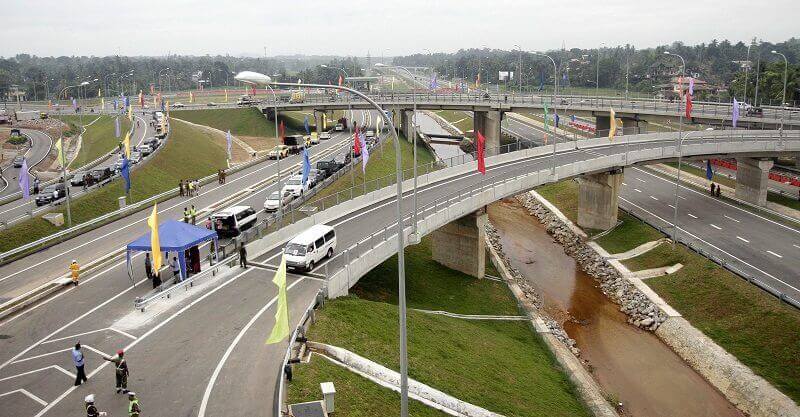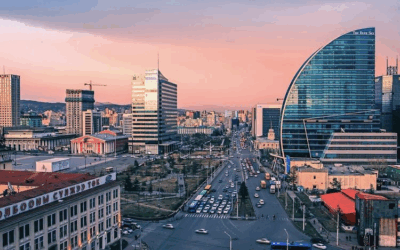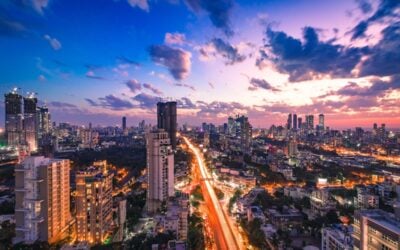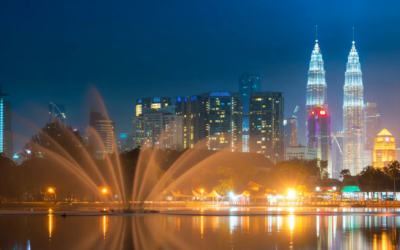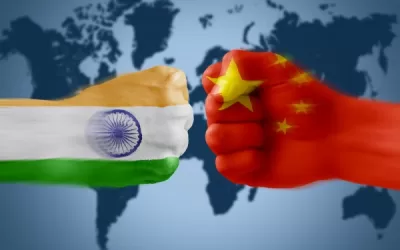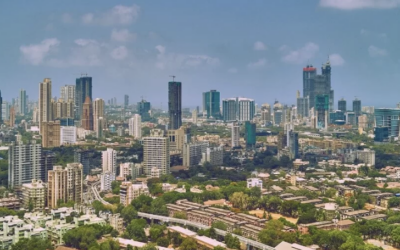The ASEAN highway connecting India, Myanmar, and Thailand has opened. The move will surely strengthen trade and political cooperation among the three countries,
Asian Highway No. 1 (AH 1) is the most critical part of this new highway. It runs throughout Myanmar, connecting the towns of Myawaddy, Thinggan Nyenaung, and Kawkareik. This means people can officially drive between India, Myanmar, Thailand, and the rest of Southeast Asia.
AH 1 spans from Moreh in India to Thailand’s Maesot via Myanmar’s Tamu, Mandalay, and Myawaddy as well.
Major events marked the opening of this road. For example, the North East Federation on International Trade (NEFIT), a trade body of exporters and importers from North East India, announced a unique 7000 km, 19 day return road trip. The trade delegation will go from Guwahati all the way to Bangkok.
There are lots of interesting things on the agenda for this trip. Business and adventure-tourism enthusiasts alike can explore the new road routes and exchange ideas.
ASEAN Highway: Cooperation with China and India?
AH 1 originated with the idea that through better infrastructure, the ASEAN region can develop itself into a more formidable economic block.
According to Bijoy Phangcho, working President of NEFIT, “Global analystspredicted that more cooperation amongst India, China, and South Asian nations will bring about rapid economic growth. It will affect positive changes in the standard of living of people in these nations.”
Government bodies from all three countries are supporting projects such as AH 1. Many businesses and trade deals will be inked across all sectors to promote regional policies such as ‘Make in India’ and ‘Look East’ in line with the Government of India and its counterparts.
For example, high speed rail between China and Laos is under construction. Plans are for the line to run south through Malaysia and Cambodia as well. The system will certainly lead to a huge increase in tourism, trade, and investment between China and Southeast Asia.
China’s is also financing massive infrastructure projects throughout Eurasia. The country plans to recreate a modern version of its historical trade route through the Belt and Road Initiative.
The ASEAN highway, along with similar developments, strengthens bonds in other ways besides logistics too. That’s because there are cultural and historical similarities between most countries in the region. Closer ties will result from new roads.
Southeast Asia is among the fastest growing regions in the world. This article explains more about why you should invest here.

